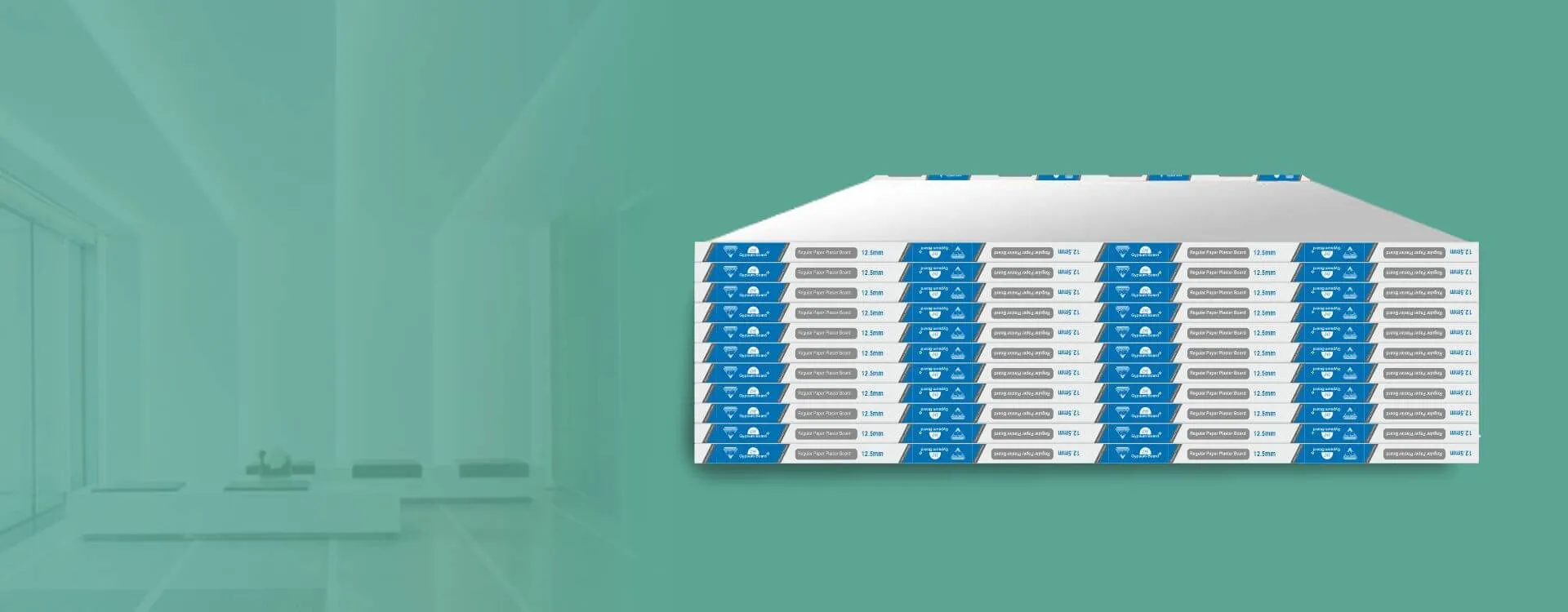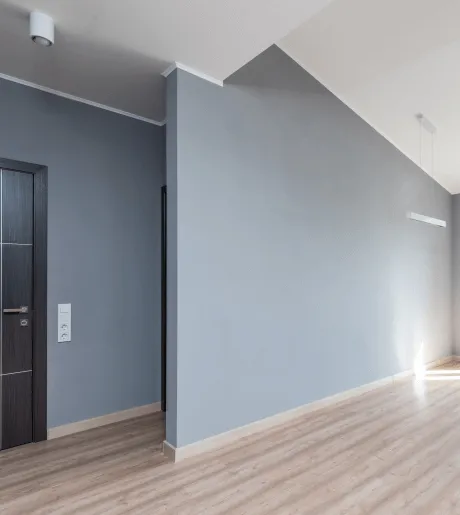Disclaimer
It is crucial to implement health and safety regulations when working on site, personal protective gear and equipment should be used. The following instructions are for general guidance only. In practice, site instructions must be considered with regard to specific project solutions.
Handling
Manual off-loading of this product should be carried out with care to avoid unnecessary strain or injury.
Cutting/Sawing
DF Gypsum Board should be cut using a plaster board saw or by scoring with a sharp knife and snapping the board over a straight edge. Holes for switch or socket boxes should be cut out before the boards are fixed using a utility saw or sharp knife. When cutting boards, power and hand tools should be handled with care and in accordance with the manufacturers guidelines. Power tools should only be used by people who have been trained to use them safely. Necessary personal protective gear should be used.
Installation
Fix boards with plain side out to receive joint treatment or a skim plaster finish. Lightly join boards together. Never force boards into position. Install fixings not closer than 13mm from cut edges and 10mm from bound edges. Position cut edges to internal angles wherever possible, remove paper burrs with fine sandpaper. Stagger horizontal and vertical board joints between layers by a minimum of 600mm. Situate boards to the center line of GI framing where this supports board edges or ends.
Plastering
The face of DF Gypsum Board can be plastered with jointing compound for the best finish. There should be little to no delay between completion of the lining and the commencement of plastering.
Joinery
Jointing materials produce durable joint reinforcement and a smooth, continuous, crack-resistant surface ready for priming and finishing. A number of jointing specications are available to suit the board type, method of application, and site preference, use accordingly.
Decoration & Finishing
After the joint treatment has dried, decoration, including any decorators preparatory work, should follow with minimum delay.















